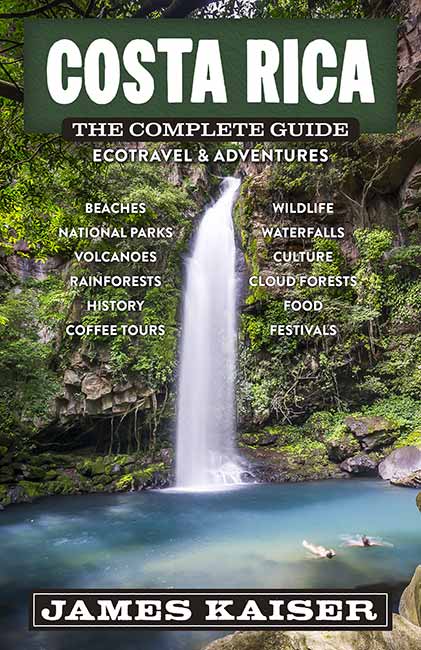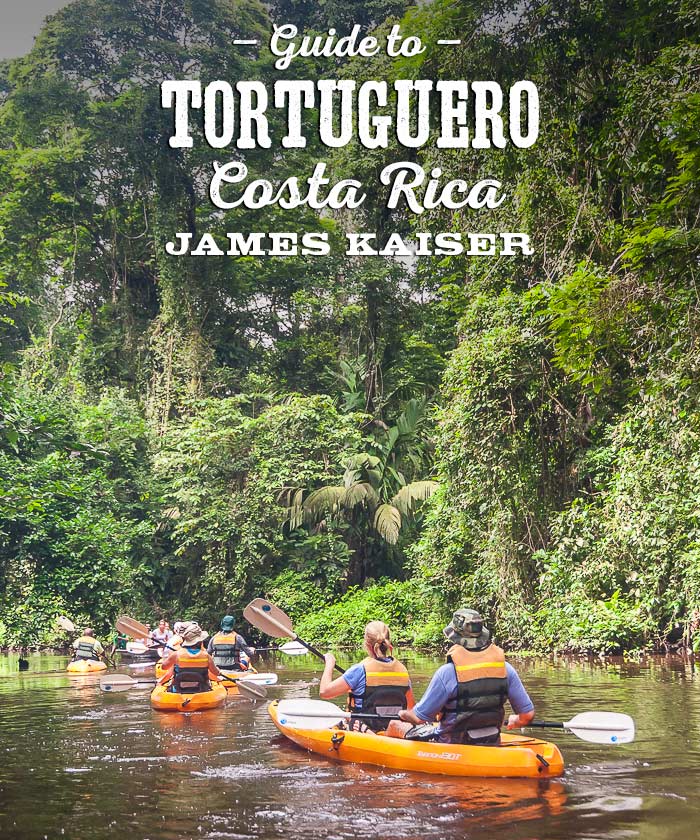
Tortuguero National Park is one of Costa Rica’s most incredible destinations.
Its beaches attract thousands of nesting sea turtles. The surrounding rainforest is filled with wildlife. And because there are no roads to Tortuguero National Park, just getting here is an adventure.
If you’re looking for a fun-in-the-sun Costa Rica beach vacation, look elsewhere. Tortuguero’s dark sand beach is far less impressive than other beaches, and the waters offshore are home to dangerous rip-tides. Furthermore, Tortuguero is one of the wettest places in Costa Rica, receiving over 6 meters (20 feet) of rain each year.
This is an eco-travel paradise, pure and simple — filled with stunning biodiversity. And that’s exactly why so many people love it.
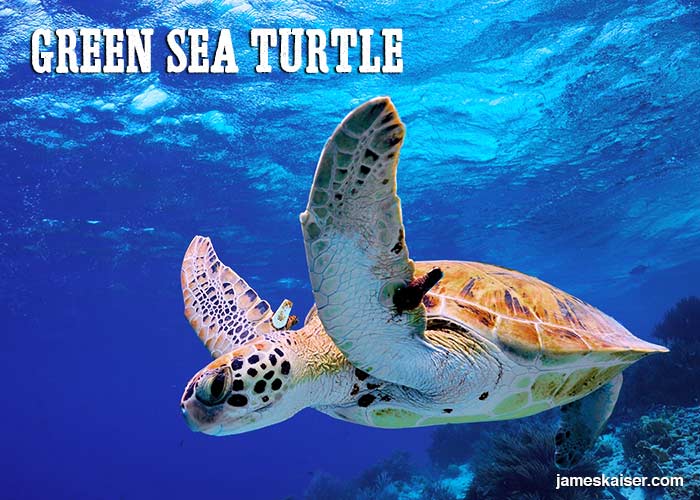
Tortuguero National Park
Adapted from Costa Rica: The Complete Guide
The story of Tortuguero National Park is fascinating. In 1953 an American sea turtle researcher named Archie Carr traveled to the remote village of Tortuguero (“Place of the Turtles”) to investigate reports of a large turtle nesting ground. He was amazed by what he saw.
Tortuguero, Carr realized, was the most important green sea turtle nesting ground in the Western Hemisphere.
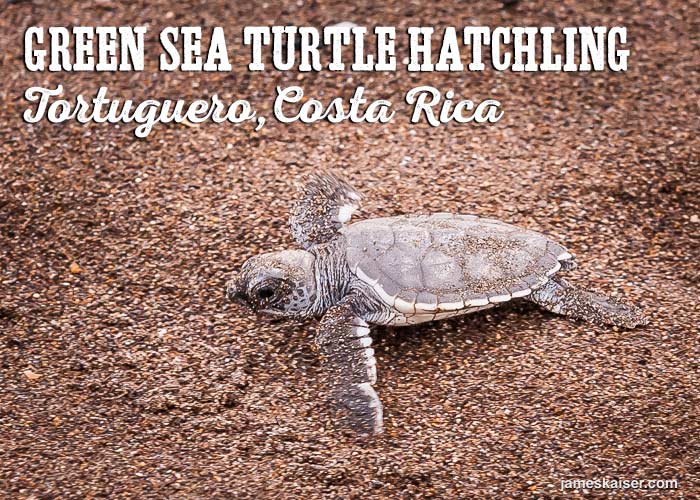
Each year between June and October, tens of thousands of green sea turtles returned to the dark sand beach to lay their eggs. Recognizing the region’s ecological importance, Carr alerted the Costa Rican government. In 1975 over 35 km (22 miles) of beach were set aside as Tortuguero National Park.
Since the national park was established, sea turtle populations have declined worldwide. But nestings at Tortuguero have increased nearly 500%. Today roughly 20,000 green turtles nest here each year — the largest colony of nesting green turtles in the world.
The turtles, in turn, attract a steady stream of eco-tourists, who come to watch these magnificent creatures lay their eggs at night.
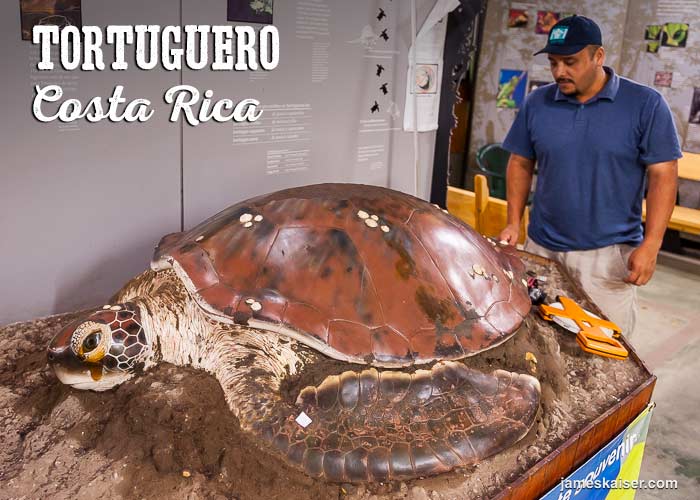
Tortuguero Rivers & Canals
Tortuguero is more than just sea turtles. Lying just beyond the beach are a handful of serpentine rivers that reach deep into the jungle, opening up a lush wilderness filled with wildlife.
You can explore the rivers by motor boat, kayak, or canoe. As you cruise through the waterways, look for monkeys, sloths, parrots, crocodiles, caimans, and dozens of other exotic animals.
All told, Tortuguero is home to 60 mammal species, 57 amphibian species, 111 reptile species, over 300 bird species, over 400 tree species, and over 2,000 plant species!
With so much biodiversity, it’s no wonder Tortuguero is the Caribbean coast’s top eco-destination and Costa Rica’s third-most visited national park.
The visitation statistics are even more impressive when you consider how remote Tortuguero is. Located in the swampy northern Caribbean, it’s one of the least accessible areas in the country.
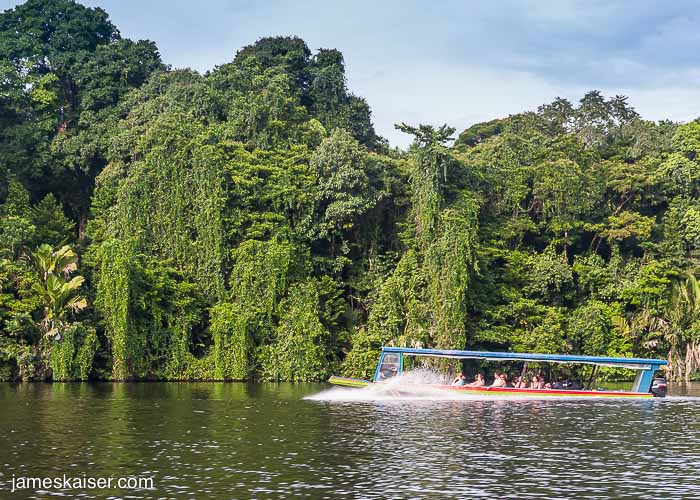
Getting to Tortuguero National Park
There are only two ways to get to Tortuguero: by boat or by plane.
Roads can take you to within 32 kms (20 miles) of Tortuguero, but from there it’s a one-hour boat ride through the jungle.
The other option is flying from San José to the paved runway north of Tortuguero village. This is spectacular, but more expensive.
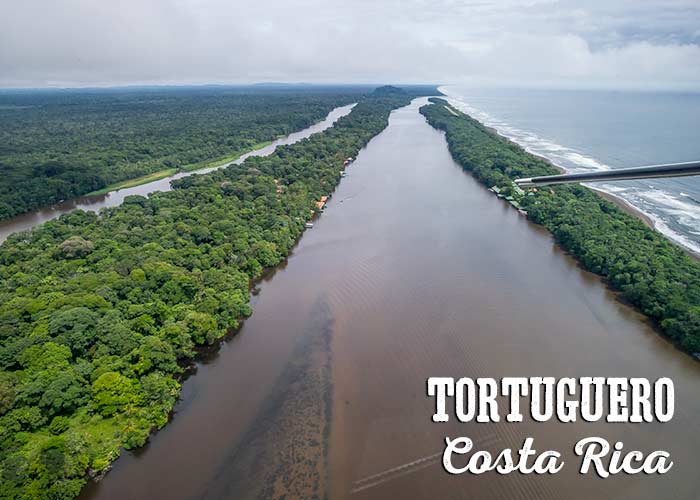
No matter how you get to Tortuguero, it’s an adventure you’ll never forget. The combination of paddling the jungly waterways during the day and watching sea turtles lay their eggs at night is one of Costa Rica’s most magical experiences.
By Plane
The flight to Tortuguero from San José is about 35 minutes and offers soaring views of mountains, volcanoes and vast banana plantations. If you can afford it, I highly recommend arriving by boat and departing by plane. This option gives you a complete view of Costa Rica’s lush Caribbean landscape.
By Private Bus/Boat
Most visitors take private buses arranged by their hotel (see below) to the docks at Cariari, Caño Blanco, Moín and La Pavona. The bus ride from San José is about three hours. From the docks you’ll board special long boats, then cruise through the jungle waterways at high speed.
By Public Bus/Boat
If you’re cheap and adventurous, you can arrange your own transportation to Tortuguero via public buses and boats. First, head to the small town of Cariari, 22 kms (13.7 miles) north of Guápiles. Grupo Caribeños buses (2222-0610) depart San José for Cariari from the Terminal del Caribe (Calle Central, Ave 15) at 9am, 10:30am (₡1,660, 2 hours). After arriving at the estación nueva (“New Station”) in Cariari, head four blocks east to the estación vieja (“Old Station”). Purchase a bus ticket to La Pavona (Rancho la Suerte)—buses (8976-4302, ₡1,000) depart at 6am, 11:30am, 3pm. At La Pavona pick a boat and buy a ticket (₡2,000).
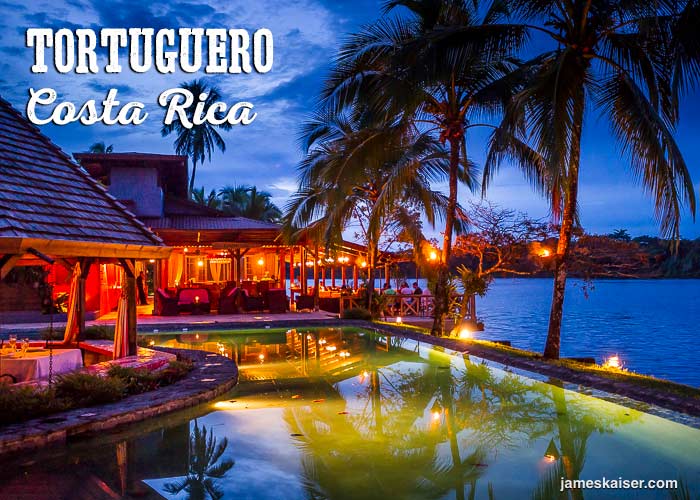
Tortuguero Hotels & Eco-lodges
Most hotels offer multi-day packages that include transportation to and from San José. You simply make a reservation and the hotel takes care of all the travel connections for you. Package tours are quick and easy. The majority of visitors choose this option.
Here’s a list of Tortuguero’s best hotels and ecolodges.
Tortuguero Birds
The lush jungles surrounding Tortuguero attract a wide variety of neo-tropical birds. Birders can look for warblers, flycatchers, raptors, and other migratory birds. Resident species include toucans, great green macaws, whitecollared manakins, and oropendolas.
Tortuguero Photos
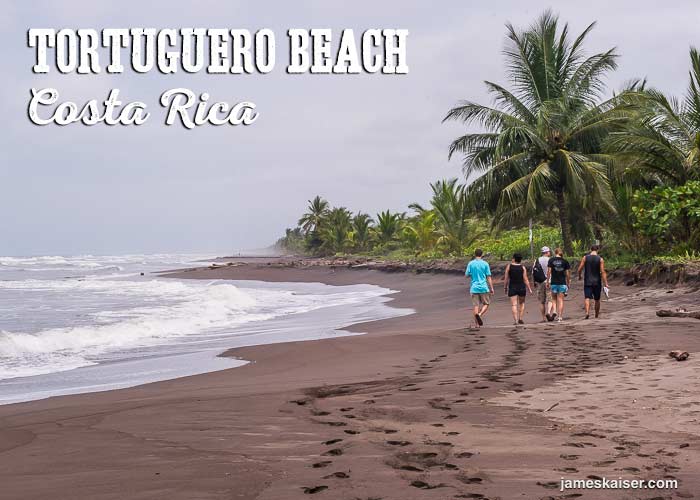
Walking along Tortuguero’s dark sand beach. During the day, the beach is quiet. At night, sea turtles lay their eggs in the sand.
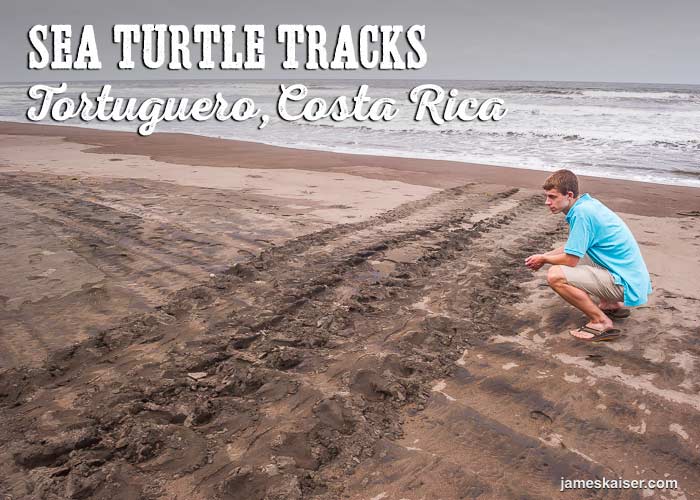
Sea turtle tracks, left by a nesting green sea turtle, are still visible the next morning.
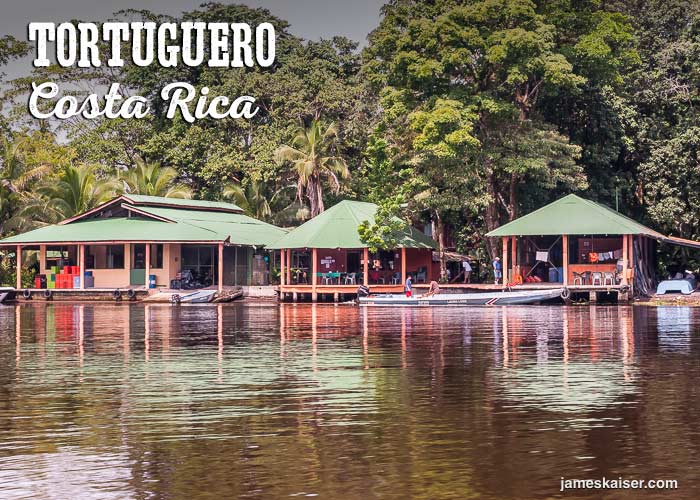
Houses and buildings line the banks of the main river.
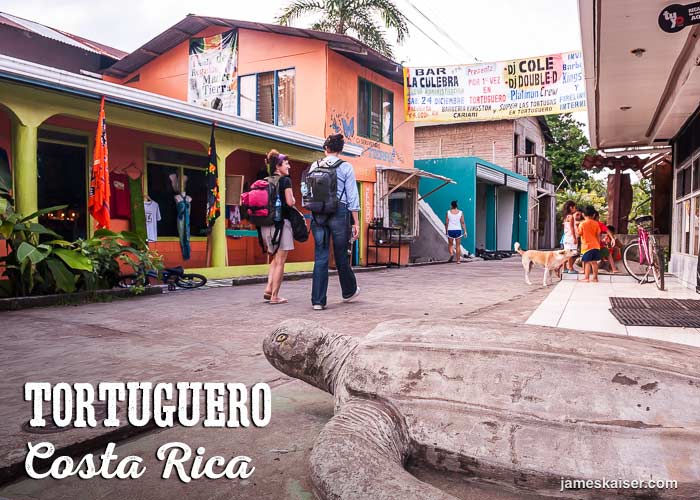
Tortuguero is home to a small village with a handful of streets. Due to its remote location, there are very few cars or trucks.
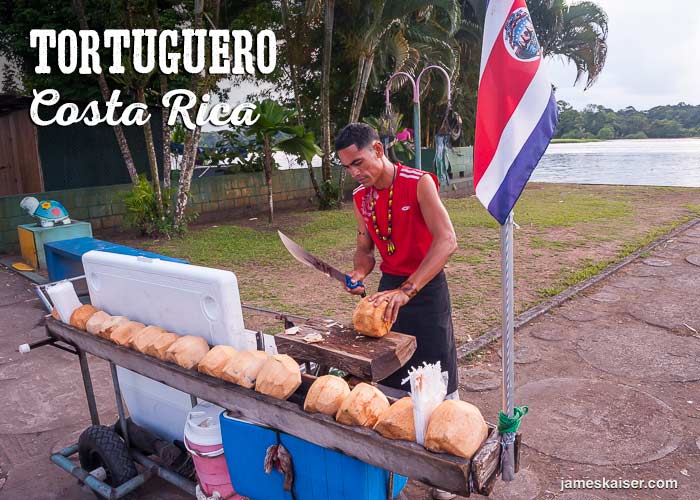
A vendor sells fresh coconut water.
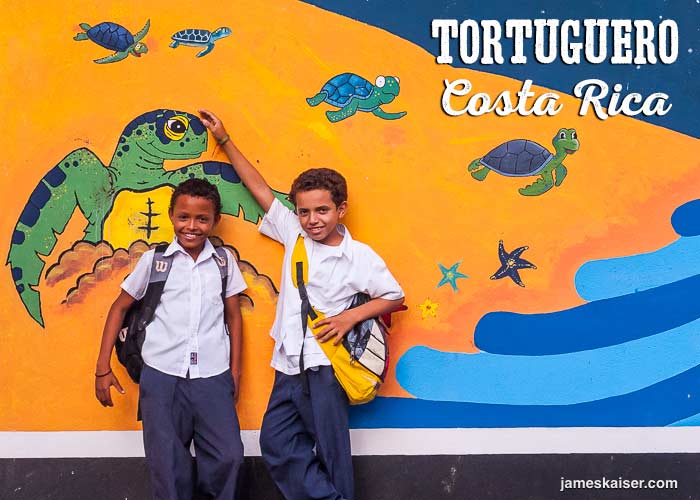
Tortuguero schoolchildren are taught to respect and preserve sea turtles. This is major change from several decades ago, when sea turtle eggs were harvested by the tens of thousands. Back then turtle eggs were eaten as an aphrodisiac.
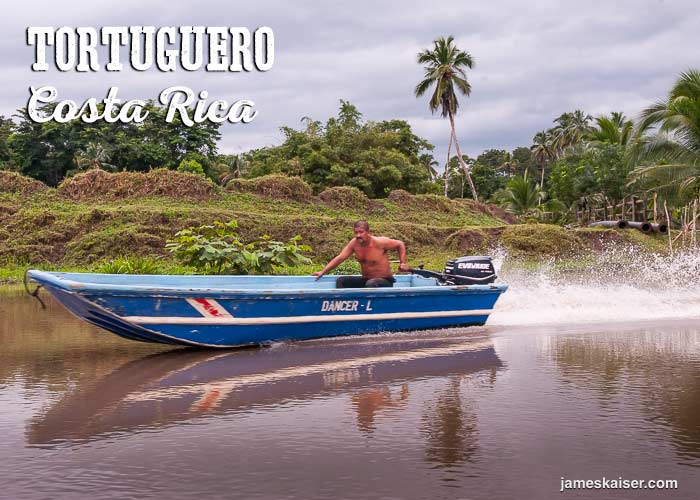
Motor boats are the main form of transportation in this watery wonderland.

Bedroom at an upscale Tortuguero eco-lodge.
